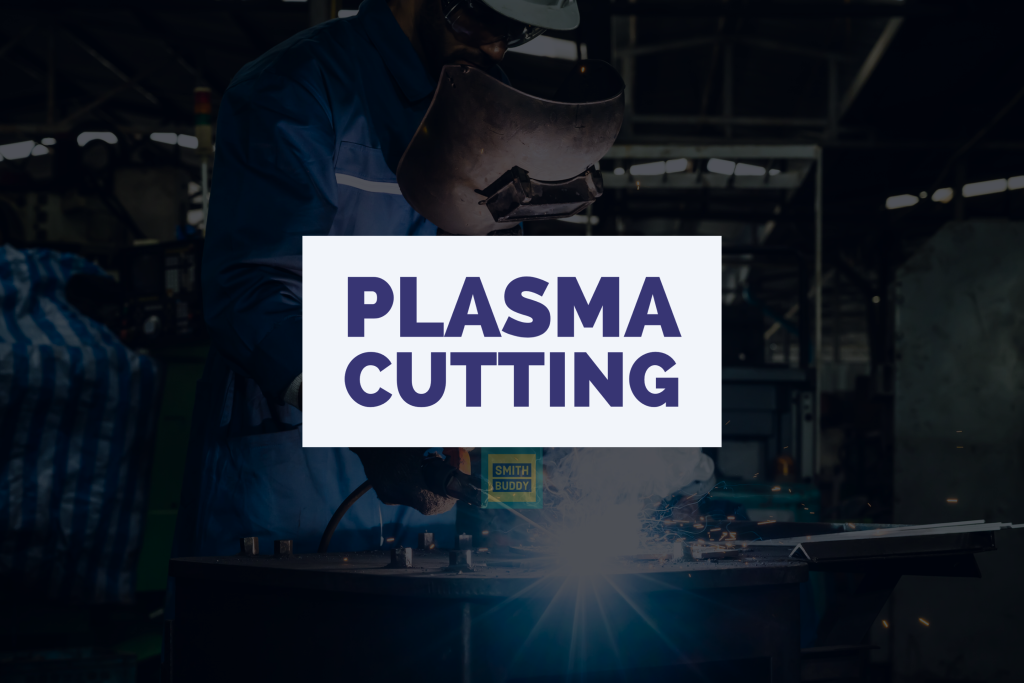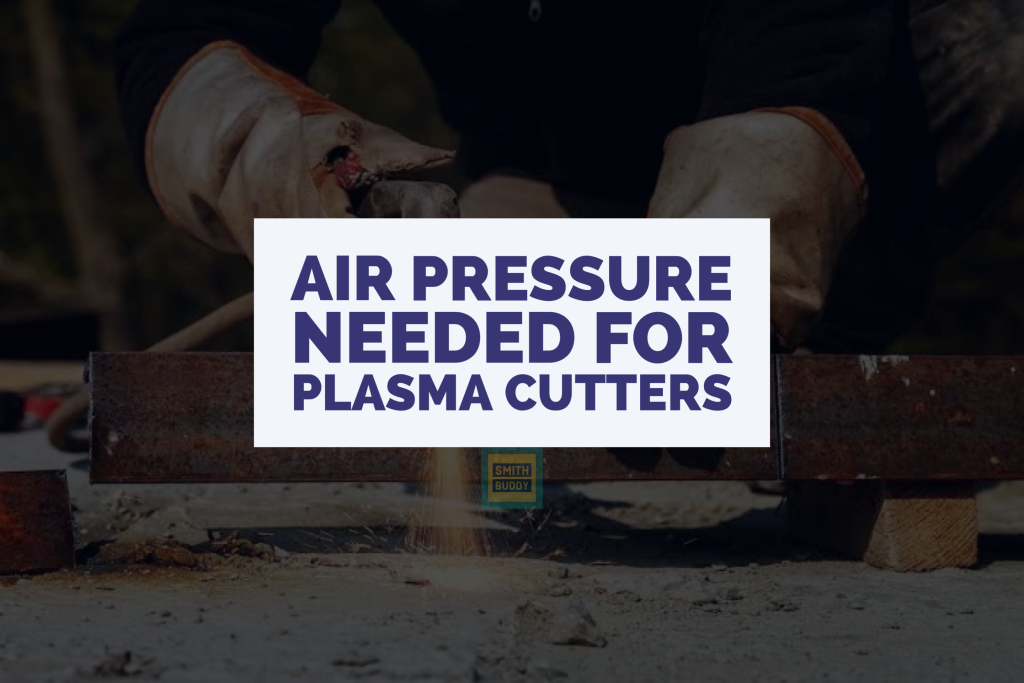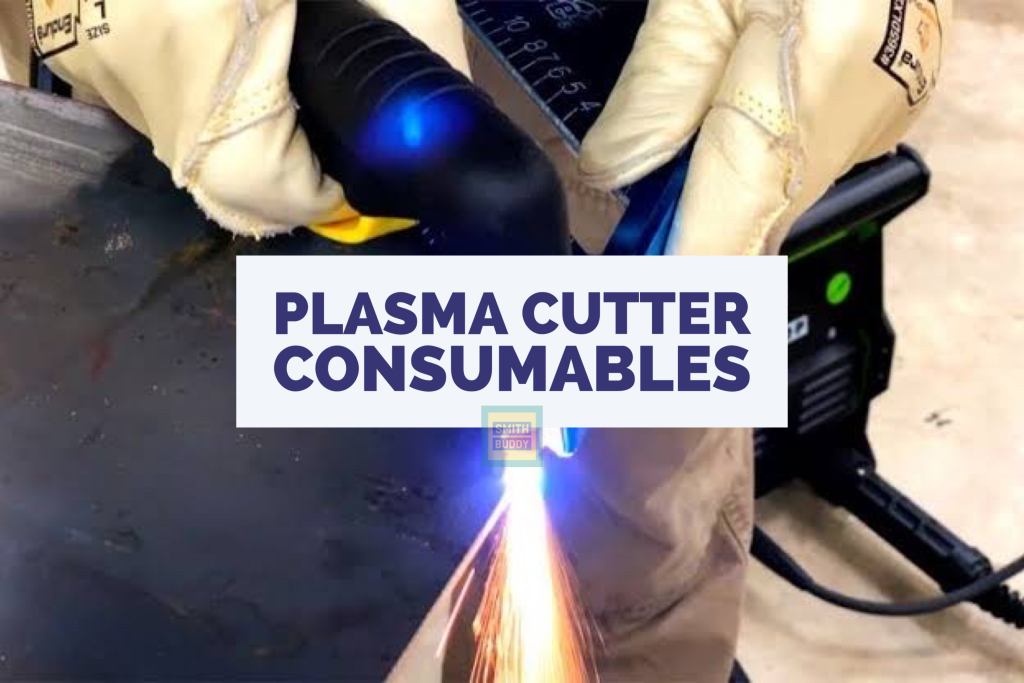Plasma cutting and oxy-fuel cutting, commonly referred to as oxy torch cutting, are two widely employed metal cutting techniques, each possessing unique strengths and applications that cater to various industries. As the demand for cutting technologies grows in sectors such as construction, automotive, and shipbuilding, understanding the fundamental differences between these two methods becomes crucial in determining the most suitable cutting approach for specific projects.
Plasma cutting, known for its versatility and speed, is particularly effective for cutting both ferrous and non-ferrous metals, while oxy torch cutting, with its capacity to cut thick ferrous metals and lower equipment costs, is often preferred in heavy equipment manufacturing and field applications.
By comparing these two techniques, we can better appreciate their respective capabilities and limitations, empowering us to make informed decisions based on the material type, desired precision, and budget constraints.
Plasma Cutter Vs Oxy Torch
Plasma cutting and oxy-fuel cutting (also known as oxy torch or oxy-acetylene cutting) are two commonly used methods for cutting metal materials. Each method offers unique advantages and disadvantages depending on the specific application. Here is a detailed comparison of plasma cutters and oxy torches in terms of their working principle, applications, advantages, and disadvantages.

Working Principle:
- Plasma Cutter: Plasma cutting utilizes an electrically conductive gas, known as plasma, to transfer energy from the torch to the workpiece. The plasma heats the material, causing it to melt and be blown away, thus creating a cut.
- Oxy Torch: Oxy-fuel cutting involves preheating the material to its ignition temperature using a fuel gas (usually acetylene) and oxygen mixture. Once the material is heated, a high-pressure stream of pure oxygen is directed at the material, which reacts with the metal and forms slag, which is then blown away to create a cut.
Applications:
- Plasma Cutter: Plasma cutting is ideal for cutting conductive materials such as steel, stainless steel, aluminum, brass, and copper. It is commonly used in the automotive, construction, and manufacturing industries.
- Oxy Torch: Oxy-fuel cutting is primarily used for cutting ferrous metals, such as mild steel and low-alloy steel. It is not suitable for non-ferrous metals like aluminum and stainless steel. It is widely used in industries like shipbuilding, heavy equipment manufacturing, and metal fabrication.
Cutting Mechanism:
- Plasma Cutters: Plasma cutting works by using an electrically conductive gas, known as plasma, to transfer energy from the torch to the workpiece. The high-velocity plasma jet heats the material, causing it to melt and be blown away, thus creating a cut.
- Oxy Torch: Oxy-fuel cutting involves preheating the material to its ignition temperature using a fuel gas (usually acetylene) and oxygen mixture. Once the material is heated, a high-pressure stream of pure oxygen is directed at the material, which reacts with the metal and forms slag, which is then blown away to create a cut.
Materials:
- Plasma Cutters: Plasma cutters are suitable for cutting conductive materials such as steel, stainless steel, aluminum, brass, and copper. They can cut both ferrous and non-ferrous metals.
- Oxy Torch: Oxy torches are primarily used for cutting ferrous metals, such as mild steel and low-alloy steel. They are not suitable for non-ferrous metals like aluminum and stainless steel.
Cutting Speed:
- Plasma Cutters: Plasma cutting generally offers faster cutting speeds than oxy-fuel cutting, particularly for thinner materials. This advantage decreases as the material thickness increases.
- Oxy Torch: Oxy-fuel cutting has slower cutting speeds compared to plasma cutting, especially for thin materials. However, it is capable of cutting very thick ferrous metals.
Cut Quality:
- Plasma Cutters: Plasma cutting produces cleaner and more precise cuts with minimal slag compared to oxy-fuel cutting. It creates a narrower kerf (cut width) and has minimal heat-affected zones.
- Oxy Torch: Oxy-fuel cutting tends to have less precise and clean cuts compared to plasma cutting, often resulting in more slag and a wider kerf. It also generates a larger heat-affected zone.
Equipment Requirements:
- Plasma Cutters: Plasma cutting systems require a combination of a power supply, which provides the necessary electrical energy, and a compressed gas source, such as air or nitrogen, to create the plasma jet. The initial equipment costs are generally higher than those for oxy-fuel cutting systems.
- Oxy Torch: Oxy-fuel cutting equipment typically consists of a fuel gas cylinder (usually acetylene), an oxygen cylinder, hoses, torch, and pressure regulators. The initial equipment costs are lower than those for plasma cutting systems, and they do not rely on electricity, making them suitable for field applications and areas with limited electrical access.
Noise Generation:
- Plasma Cutters: Plasma cutting generates noise mainly due to the high-velocity ionized gas jet and the material being cut. The noise levels can vary based on factors such as the cutting amperage, material type, and thickness, and the surrounding environment. In general, plasma cutting noise levels range from 85 to 100 decibels (dB) or higher, depending on the equipment and cutting conditions.
- Oxy Torches: Oxy torches generate noise primarily due to the combustion process and the high-pressure oxygen stream directed at the material. The noise levels can vary based on factors such as the material thickness, fuel gas type, and surrounding environment. In general, oxy torch noise levels range from 90 to 95 dB or higher, depending on the equipment and cutting conditions.
Power Consumption:
- Plasma Cutters: Plasma cutting requires an electrical power source to generate the plasma jet, typically ranging from 30 to 200 amps. The power consumption depends on the cutting amperage and the voltage of the power source. For example, a plasma cutter operating at 100 amps and 220 volts consumes approximately 22 kilowatts (kW) of power.
- Oxy Torches: Oxy-fuel cutting equipment does not require electrical power to operate. Instead, it relies on the combustion of the fuel gas and oxygen mixture to heat the material to its ignition temperature. The only power consumption comes from the oxygen supply system, which can range from 3 to 10 cubic feet per hour.
Case Study
We conducted a series of measurements to compare the noise and power consumption generated by a plasma cutter and an oxy torch during typical metal-cutting operations. The plasma cutter was cutting a 1/2-inch thick steel plate, while the oxy torch was cutting a 1/2-inch thick mild steel plate.
The average noise levels measured at the operator’s position were as follows:
- Plasma Cutter: 95 dB
- Oxy Torch: 92 dB
The power consumption measurements were as follows:
- Plasma Cutter: 22 kW
- Oxy Torch: Not applicable, as no electrical power is required
The results show that the plasma cutter generated slightly higher noise levels than the oxy torch. However, the plasma cutter also consumed significantly more electrical power compared to the oxy torch.
Air pressure
Plasma cutters require a compressed gas source to create the plasma jet, which is typically air, nitrogen, or oxygen. The compressed gas is supplied to the plasma torch through a dedicated port or inlet. The air pressure requirement for plasma cutting can range from 60 to 150 pounds per square inch (psi), depending on the plasma cutter model and the material being cut.

Oxy torches do not require a compressed gas source for the cutting process. However, they do require a high-pressure oxygen supply, which is typically supplied from an oxygen cylinder or concentrator. The pressure requirement for oxy torch cutting can range from 40 to 100 psi, depending on the thickness of the material being cut and the oxy torch type.
In summary, plasma cutters require a compressed gas source such as air, nitrogen, or oxygen to create the plasma jet, with air pressure requirements ranging from 60 to 150 psi. On the other hand, oxy torches do not require a compressed gas source but need a high-pressure oxygen supply, with pressure requirements ranging from 40 to 100 psi. Understanding the air pressure requirements for plasma cutters and oxy torches is crucial when selecting a metal cutting method for specific project requirements
Advantages:
- Plasma Cutter:
- Faster cutting speed compared to oxy-fuel cutting, especially for thinner materials.
- Can cut a wider range of materials, including both ferrous and non-ferrous metals.
- Cleaner and more precise cuts with minimal slag.
- No preheating required, which reduces the overall cutting time.
- Oxy Torch:
- Lower equipment costs compared to plasma cutting.
- Capable of cutting very thick ferrous metals, sometimes exceeding plasma cutter capabilities.
- Does not rely on electricity, which makes it suitable for field applications and areas with limited electrical access.
Disadvantages:
- Plasma Cutter:
- Higher initial equipment costs compared to oxy-fuel cutting systems.
- Limited to cutting conductive materials.
- Requires a stable power source and compressed gas, which may not be available in remote locations.
- Oxy Torch:
- Slower cutting speeds compared to plasma cutting, particularly for thinner materials.
- Limited to cutting ferrous metals and not suitable for non-ferrous metals like aluminum and stainless steel.
- Requires preheating, which increases the overall cutting time.
- Less precise and clean cuts compared to plasma cutting, often with more slag.
Conclusion
In summary, plasma cutters and oxy torches cater to different applications and materials. Plasma cutters are better suited for cutting a broader range of materials, including non-ferrous metals, and offer faster cutting speeds and cleaner cuts. On the other hand, oxy torches excel in cutting thick ferrous metals and have lower equipment costs. The choice between the two methods largely depends on factors such as material type, thickness, available equipment, and desired cut quality. By understanding the key differences between plasma cutting and oxy-fuel cutting, users can make informed decisions based on their specific project requirements and constraints.





